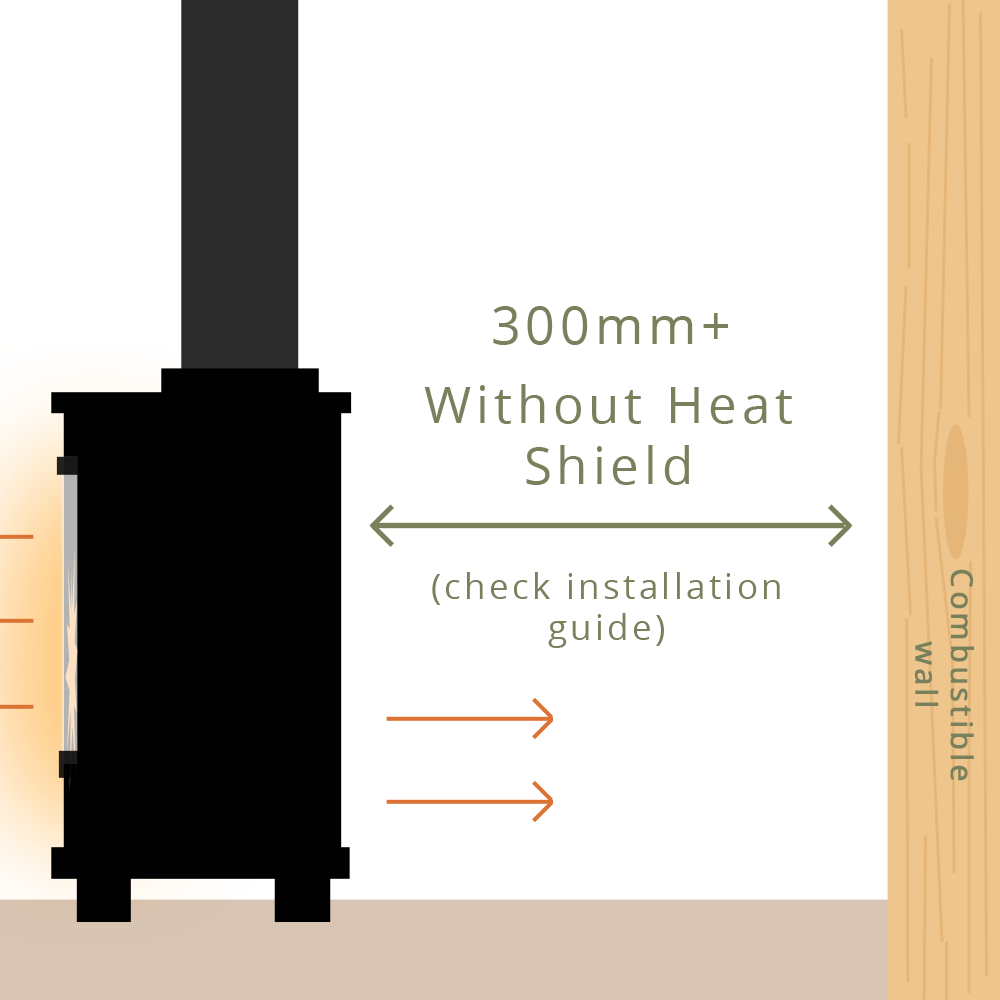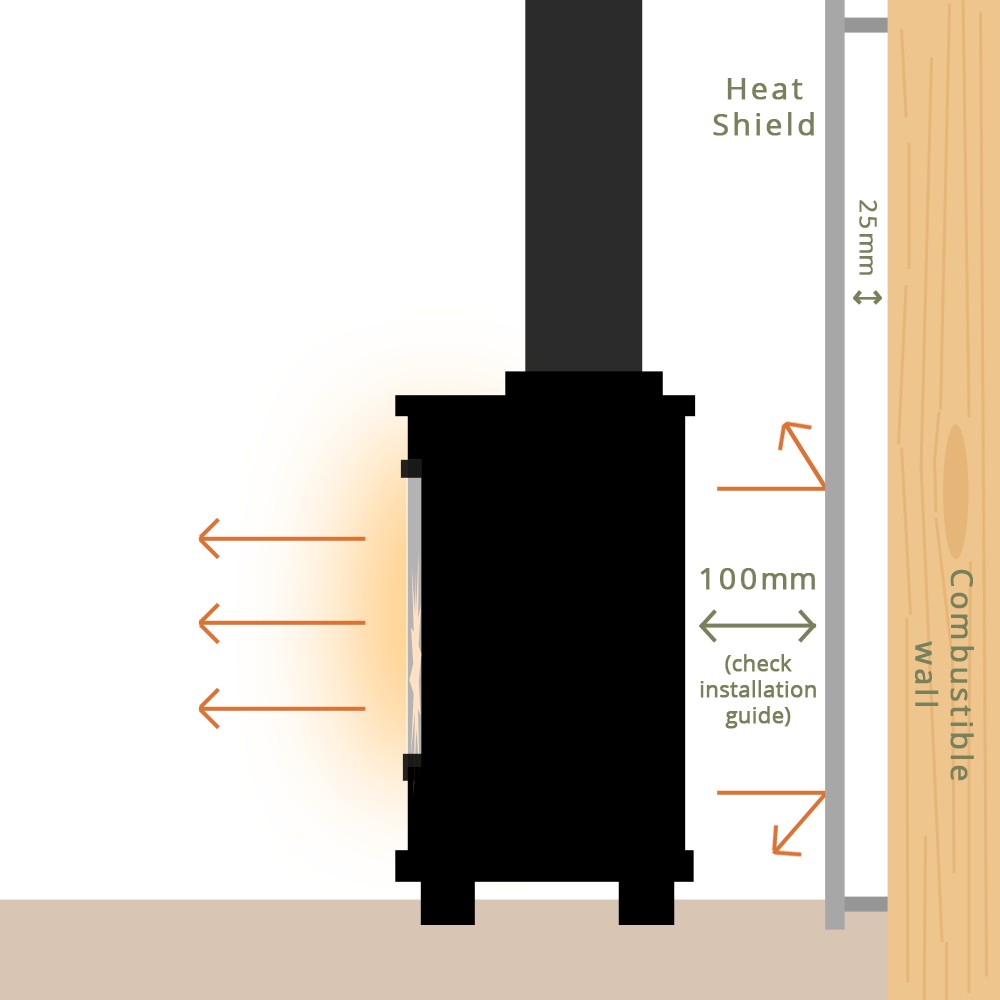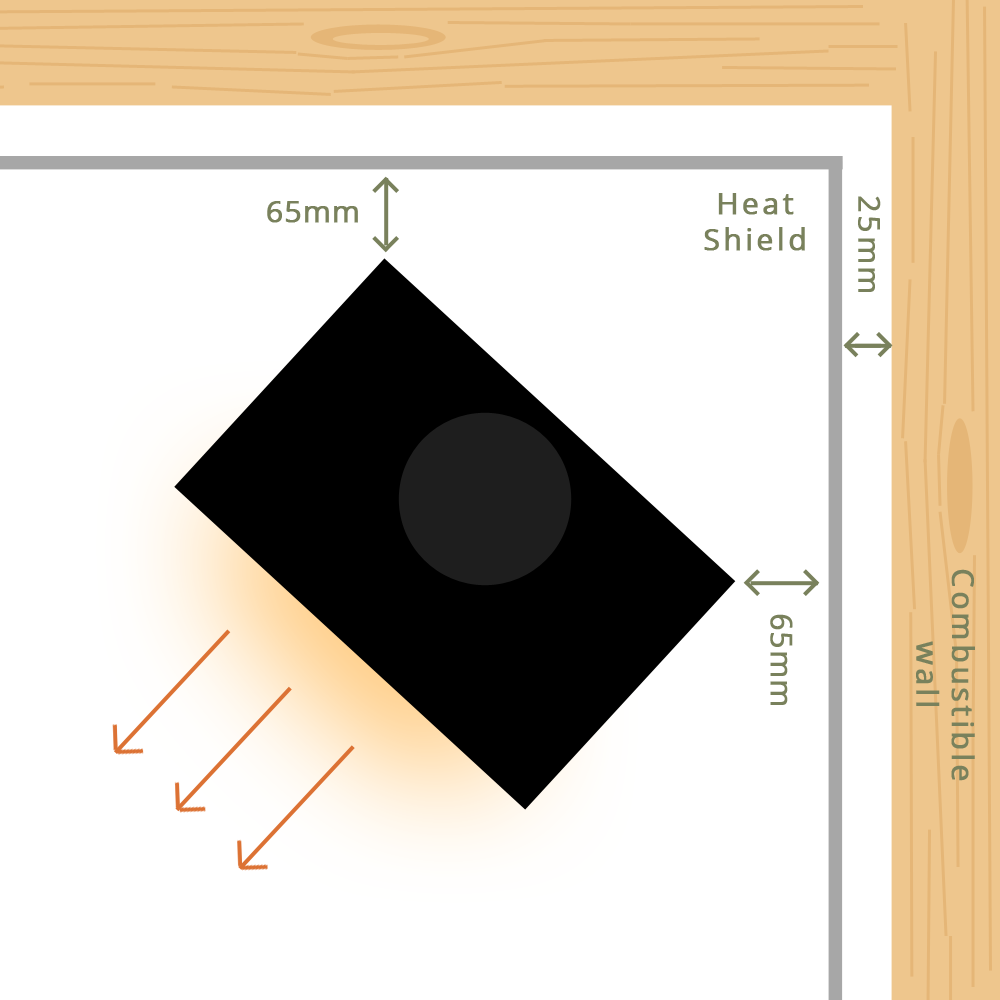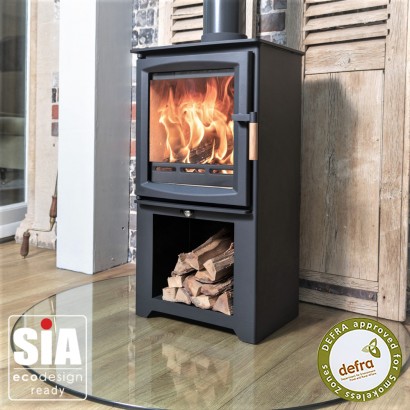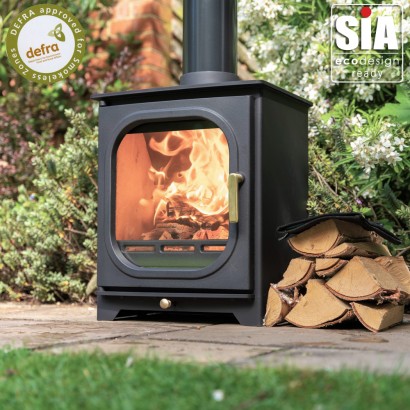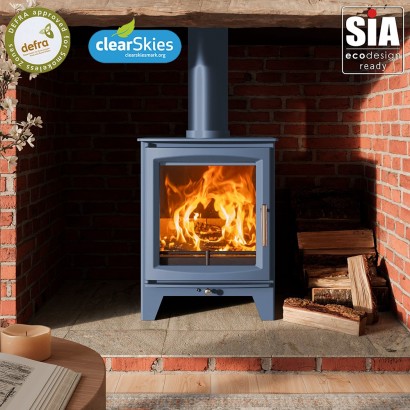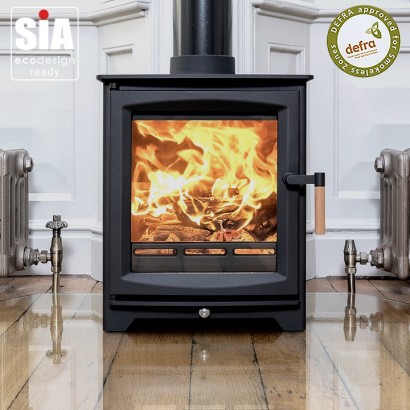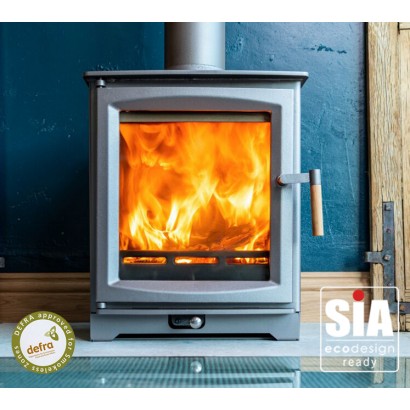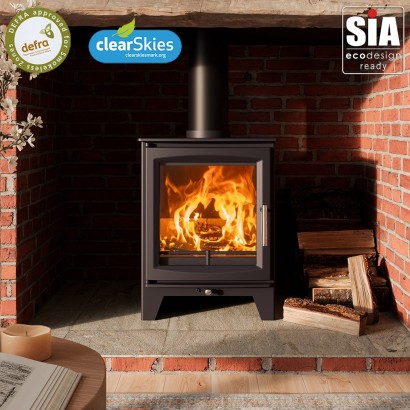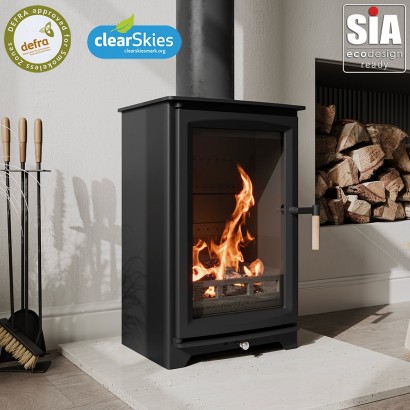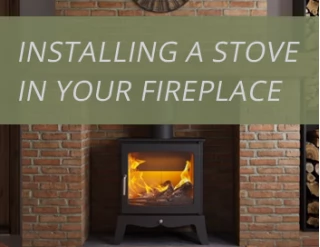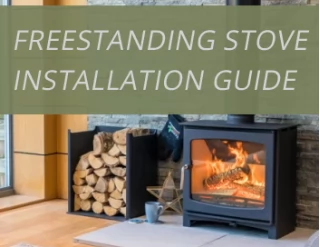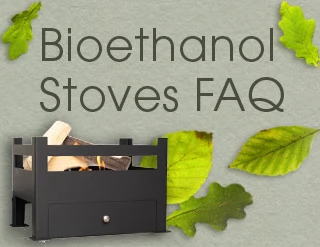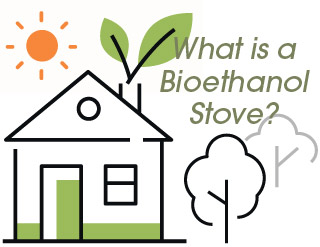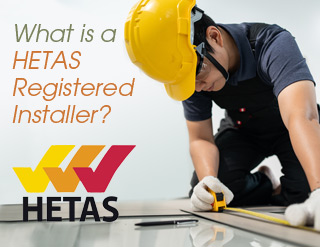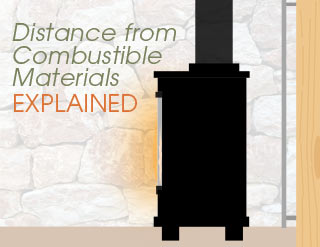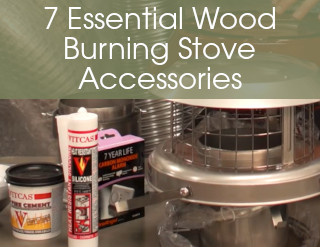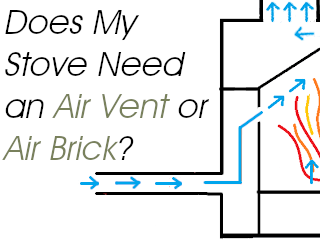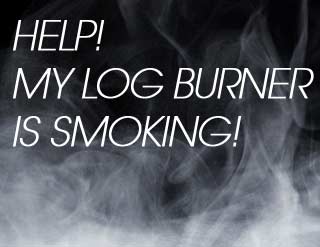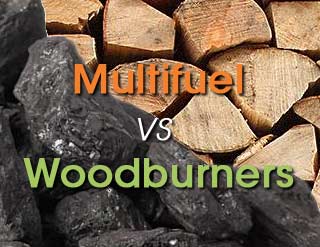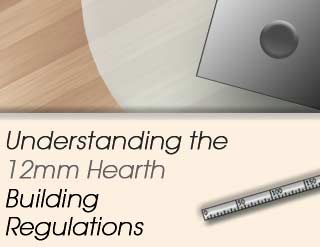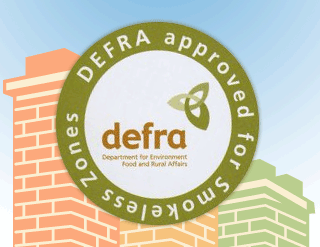Wood Burner Distance from Combustible Materials Explained

The rules and regulations around where you can install a wood burning stove can appear confusing and complicated. You may have seen ‘distance from combustibles’ mentioned on stove listings and wondered what that actually means and if it should affect your choice of stove. In this guide we will take you through what you need to know about your stove’s distance from combustible materials and why it’s important.
What is a Combustible Material?
Simply put, a combustible material is anything that can ignite and burn. Some of the more obvious examples of combustible materials are flammables like curtains and bedding, or things made from paper or wood like a coffee table or bookshelf, but there are some things that may not immediately jump to mind that are just as dangerous. For example, settees and other furniture made from fabric (especially cotton) and even plasterboard and wooden beams inside walls are combustible and could be ignited by the heat of your stove if they’re too close.
Most materials that are labelled ‘fire-resistant’ are still combustibles because they can still burn. Non-combustible materials must not be able to catch fire at all; like brick, stone, cement, and plaster. If your material is not A1 fire-rated it’s combustible. If you’re not sure of the fire-rating or if it’s not listed on the product, always assume it’s combustible - it’s better to be safe than sorry!
Wood burning stove distance from combustible materials
The distance your wood burner must be from combustibles will vary from stove to stove, but there will always be a minimum requirement specified in the manufacturer’s installation guide. Depending on the stove’s output this can be anywhere between 300-600mm+.
It should be noted that there is no ‘legal’ minimum distance to combustibles, only what’s recommended by the manufacturer and the stove installer, but these guidelines are there to keep you and your home safe and they are worth adhering to. No HETAS engineer will install a stove below the minimum distance, so it’s best to ensure you have plenty of wriggle room to save any hassle.
Heat Shields
If your stove’s nominal output is less than 7Kw you can use a heat shield to reduce the space needed from combustible materials. This is particularly useful if you are limited on space or have a fireplace with a wooden beam. Heat shields are made from thick galvanised steel and protect combustibles from being exposed to the full heat of your stove.
There are a few things to bear in mind if you want to install a heat shield. The first is that there must be at least 25mm between the heat shield and the wall, and there has to be space at the top and bottom of the shield to allow air flow. Your heat shield needs to extend at least to the edges of your hearth and 300mm above the top of the stove, with nothing above it that could obstruct the air flow. Allowing air to flow around the shield prevents heat building and getting trapped between the shield and the wall.
If you don’t want to install a heat shield, just ensure any walls close-by are made from a non-combustible material like brick or stone, and make sure any combustible materials are kept well away from the stove. Always check with your engineer and read your stove’s installation guide.
Although adhering to installation regulations may seem like a hassle sometimes, it’s worth remembering that the rules are made to keep you safe. Stoves are often the main feature of a room, and understanding the rules before you’re ready to install gives you an opportunity to incorporate them in the décor. Surrounding your stove with painted heat shields or non-combustibles like stone tiles can complement your stove and transform a simple wood burner into a striking centrepiece.
Don’t want to make or fit a heat shield? We have a range of stoves with optional heat shields which fix to the stove’s rear.
All of the stoves below have an option to add a heat shield to your shopping bag for a small fee. The Hampton High-Line and Hampton Vista 500, for example, have a heat shield which reduces distance to a combustible at the rear down to just 100mm. If you don't see a heat shield option on the stove you want, please contact us.
Bestsellers
Ecosy+ Hampton 5 Defra Approved With Stand - Eco Design Approved - 5kw Wood Burning Stove
£576.00 £649.00 Ex Tax: £480.00
Ecosy+ Hampton 5 RD1 Defra Approved - Eco Design Approved - 5kw Wood Burning Stove - Black
£565.00 Ex Tax: £470.83
COOL BLUE - Ecosy+ Hampton 5 XL - Defra Approved - Eco Design Approved - 5kw - Woodburning Stove
£648.00 £675.00 Ex Tax: £540.00
Ecosy+ Hampton 5 Defra Approved - Ecodesign Approved - 5kw Wood Burning Stove
£565.00 Ex Tax: £470.83
BURNT GREY - Ecosy+ Hampton 5 Defra Approved - Eco Design Approved - 5kw
£595.00 Ex Tax: £495.83
Ecosy+ Hampton 5 XL - Defra Approved - Eco Design Approved - 5kw - Woodburning Stove
£599.00 £625.00 Ex Tax: £499.17
Ecosy+ Hampton Highline 5kw Defra Approved - Eco Design Approved - Wood Burning Stove
£639.00 Ex Tax: £532.50

 0 item(s) - £0.00
0 item(s) - £0.00 